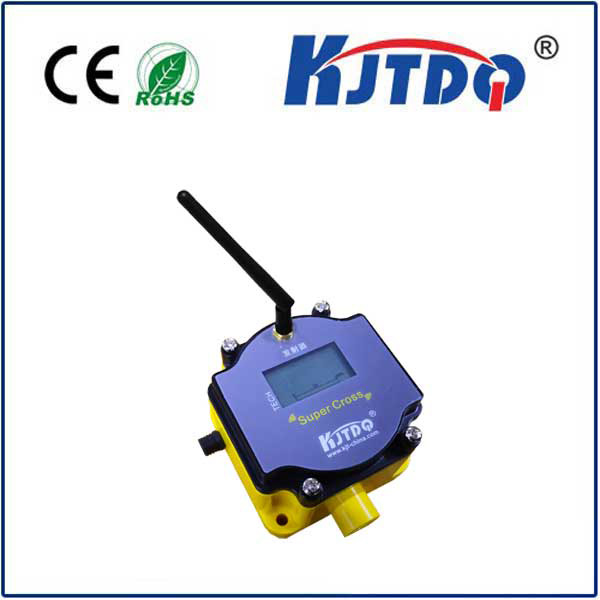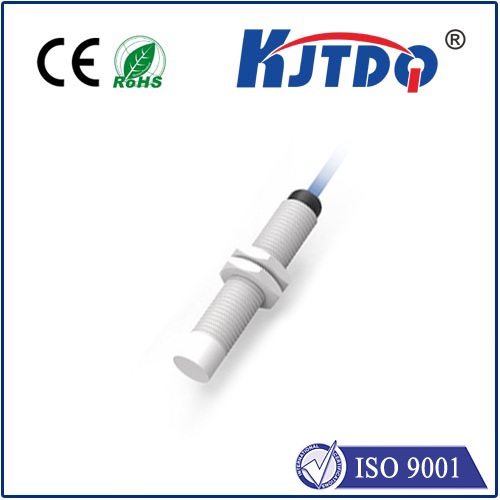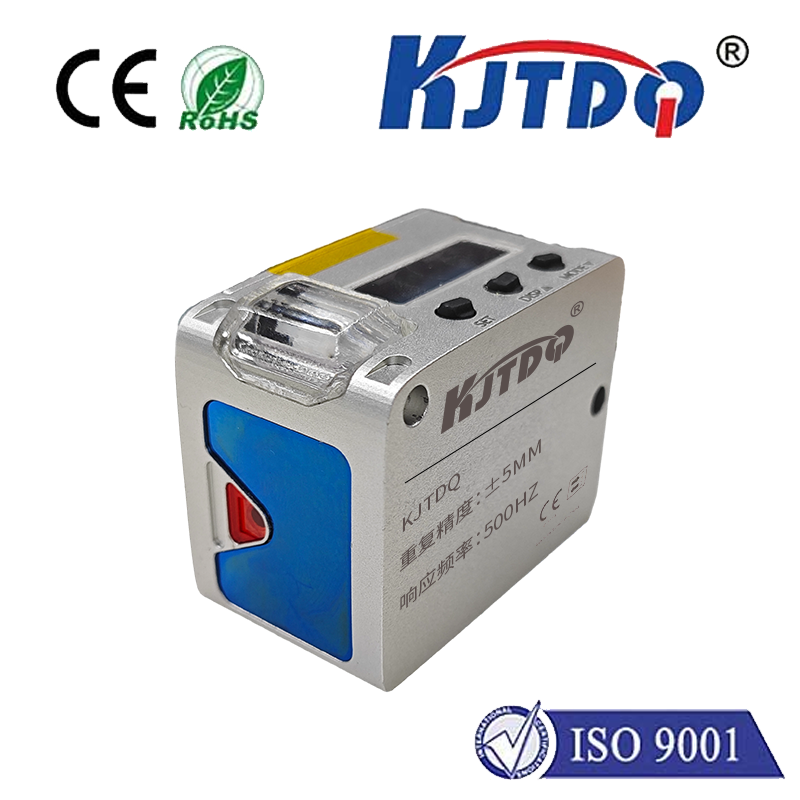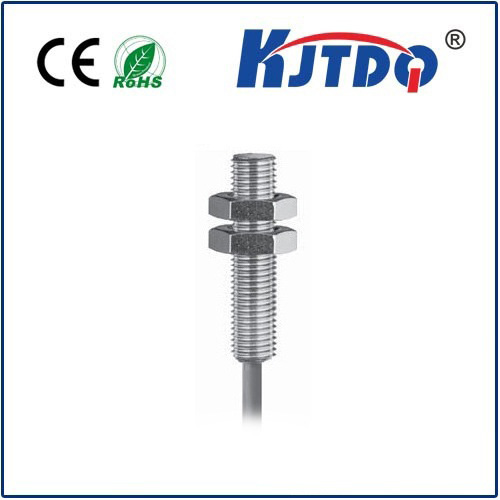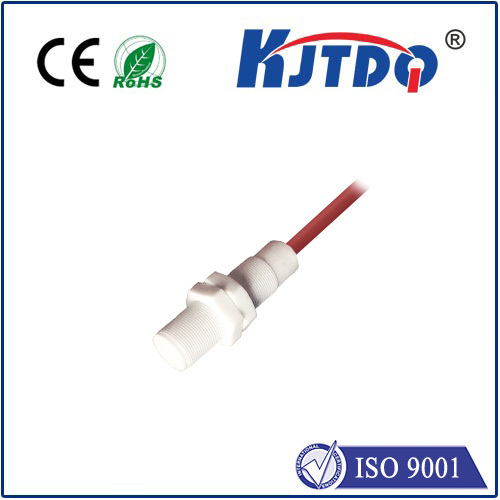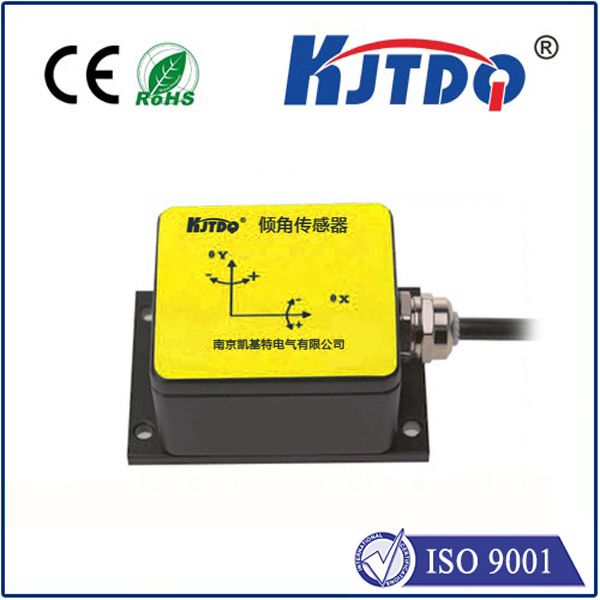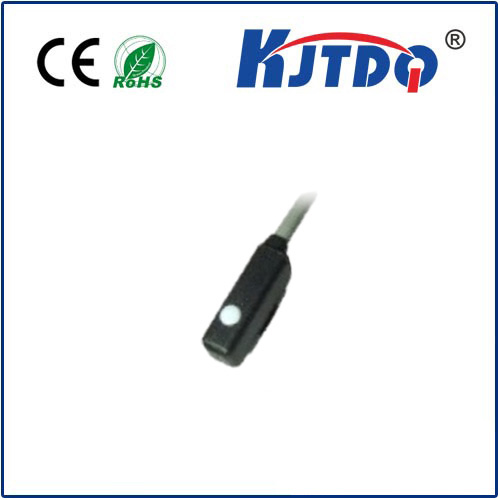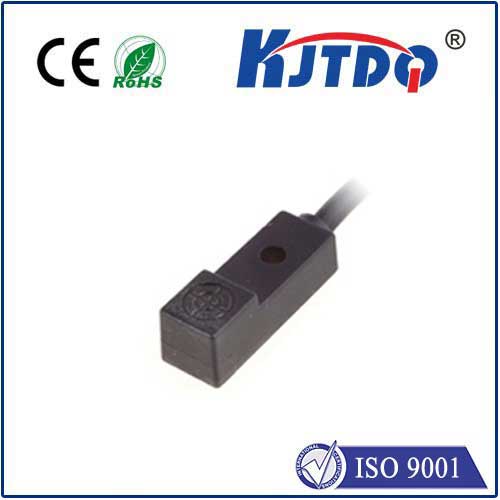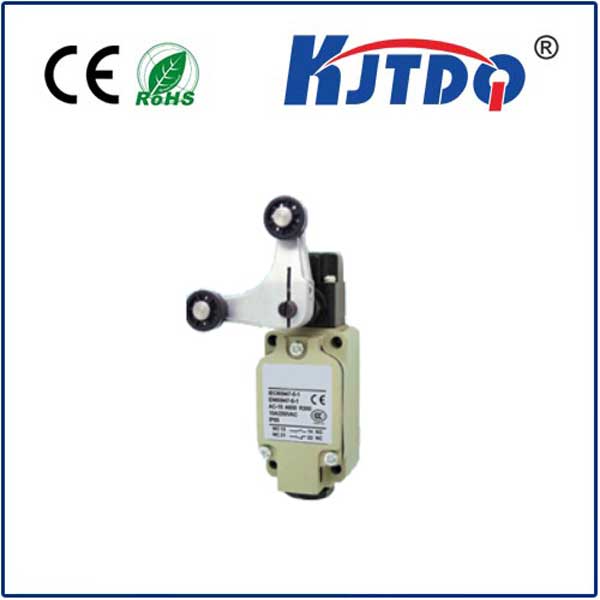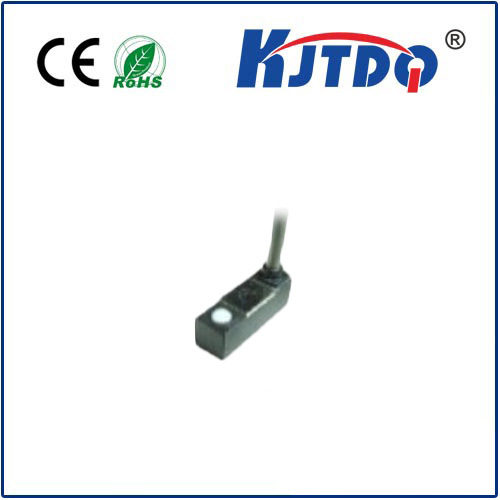Radar Water Level Sensor Price: A Comprehensive Guide to Cost and Features
In today’s industrial and commercial landscapes, efficient monitoring and control of water levels are critical for maintaining operational efficiency and safety. One of the most advanced and reliable tools for this purpose is the radar water level sensor, a device that uses radar technology to measure water levels in tanks, reservoirs, and other containers. As businesses increasingly rely on automation and smart systems, the radar water level sensor price has become a key consideration for procurement decisions.
A radar water level sensor is a device that uses radio waves to measure the depth of liquid or water in a tank or container. Unlike traditional methods such as ultrasonic or float switches, radar sensors offer greater accuracy and reliability, especially in challenging environments where external factors can interfere with other types of sensors.
The technology works by emitting a high-frequency radio wave that reflects off the surface of the liquid. The sensor then measures the time it takes for the wave to return, which allows it to calculate the water level with high precision. This makes radar sensors ideal for applications where accuracy and consistency are paramount.

One of the primary reasons radar water level sensors are popular in industrial settings is their cost-effectiveness. While the initial investment may be higher than other sensors, the long-term benefits often outweigh the costs. Radar sensors are known for their long lifespan, low maintenance, and high durability, which reduces the need for frequent replacements or repairs.
Additionally, the accuracy of radar sensors means that they can reduce the risk of overfilling or underfilling, which can lead to costly damage or inefficiencies. In industries such as water treatment, chemical processing, and energy production, this level of precision is essential for both safety and economic performance.
The price of a radar water level sensor varies depending on several factors, including the type of sensor, features, brand, and application requirements. For example:
It’s important to note that while the initial cost is a consideration, the long-term savings from reduced maintenance and improved accuracy make radar sensors a wise investment for most businesses.
Radar water level sensors are designed with several key features that make them stand out in the market:
When selecting a radar water level sensor, it’s essential to consider the specific needs of your application. For example:
Additionally, it’s important to choose a reputable brand that offers good customer support and a warranty. This ensures that you can rely on the sensor for years to come.
In summary, radar water level sensors are a valuable investment for any business that requires accurate, reliable, and efficient water level monitoring. While the price may be a consideration, the long-term benefits of these sensors make them a worthwhile investment. Whether you’re looking to optimize your operations, ensure safety, or reduce costs, a radar water level sensor can play a crucial role in your system.
With the right choice and proper maintenance, these sensors can provide unmatched performance and durability, making them an essential part of modern industrial and commercial systems.
